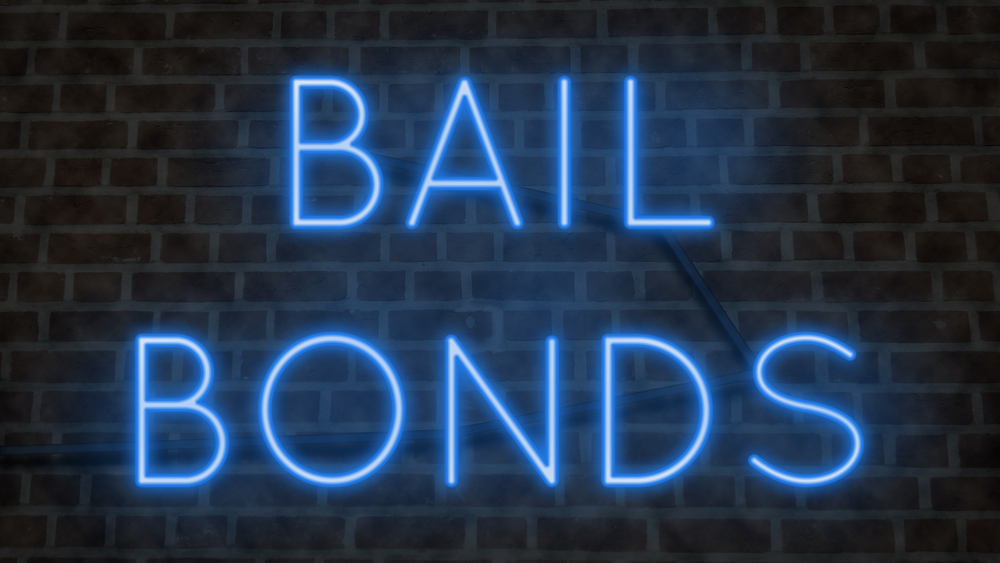
Facing felony charges can be a daunting experience, with potential consequences that can impact your freedom, financial stability, and future prospects. In such situations, securing release from custody becomes a top priority, allowing individuals to prepare for their legal defense and address personal matters while awaiting trial.
A bail bond service in Connecticut plays a crucial role in this process, offering a lifeline to those facing felony charges. In this article, we’ll explore how bail bonds can provide assistance to individuals grappling with felony charges, offering insights into the bail process and its implications.
How can you bond out on a felony charge?
When someone is arrested and charged with a felony offense, they are typically held in custody until their court appearance, unless they are granted release on bail. Bail is a financial guarantee that ensures the defendant’s appearance in court for all scheduled proceedings. However, the amount of bail set by the court can often be prohibitively high, making it challenging for individuals to secure their release independently.
How bail bonds work
Bail bonds offer a solution for individuals who are unable to pay the full amount of bail set by the court. A bail bond is a contract between the defendant, a bail bondsman, and the court, in which the bondsman agrees to pay the full bail amount on behalf of the defendant in exchange for a non-refundable fee, typically a percentage of the total bail amount. This fee is known as the premium and is typically around 10% of the bail amount.
Benefits of bail bonds for felony charges
The stakes are high, and securing release from custody becomes a pressing concern. Let’s delve into the specific benefits that bail bonds can provide:
- Access to immediate release: One of the primary benefits of bail bonds is that they allow individuals to secure their release from custody quickly, enabling them to return home to their families and resume their daily lives while awaiting trial.
- Financial flexibility: Bail bonds provide financial flexibility for individuals who may not have the means to pay the full amount of bail upfront. By paying only a fraction of the total bail amount as the premium, defendants can conserve their financial resources for legal expenses and other obligations.
- Expert guidance: Bail bondsmen are experienced professionals who understand the legal system and the bail process. They can provide valuable guidance and assistance to defendants and their families, helping them navigate the complexities of the legal system and ensure compliance with court requirements.
- Protection of assets: In cases where the bail amount is substantial, posting bail with cash or assets can put significant financial strain on defendants and their families. Bail bonds offer a more affordable alternative, allowing individuals to preserve their assets and financial security while awaiting trial.
- Support during legal proceedings: Beyond securing release from custody, bail bondsmen often provide ongoing support to defendants throughout the legal process. They may offer assistance with court appearances, document preparation, and communication with legal representatives, helping to alleviate some of the stress and uncertainty associated with felony charges.

What is the best bail bond service in Connecticut?
If you or a loved one is facing felony charges, the road ahead may seem daunting. BailCo Bail Bonds Manchester will help you navigate this challenging time with greater ease and confidence. Our team brings over two decades of experience in the bail bond industry in Manchester and the region, offering invaluable support and expertise on the classifications of felonies to individuals dealing with any type of felony charge. Reach out to us today!










